Custom PC Builds
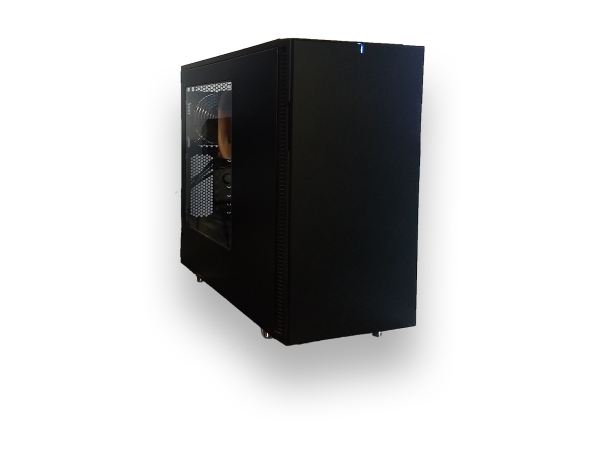
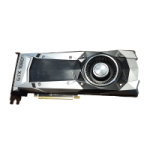

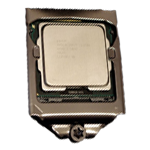
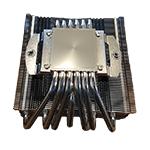
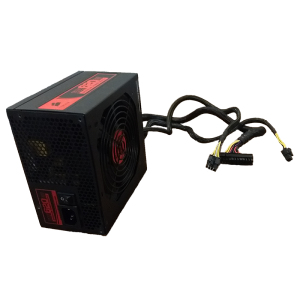
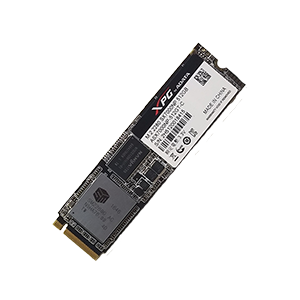
Two Options for Your Build
Give Us Requirements
We will discuss your build with you and the applications you need to run. This will help us find the best components for your build. Send us an email, contact us on the Facebook page, or give us a call.
Give Us A List
Send us a list of the components you want to use in your build. tech@kirkpcs.com
Build Process

Requirements
We discuss with you how your build will be used and choose components that will best meet these needs.


Assembly
We meticulously assemble the components for your system and do any additional cable managment.

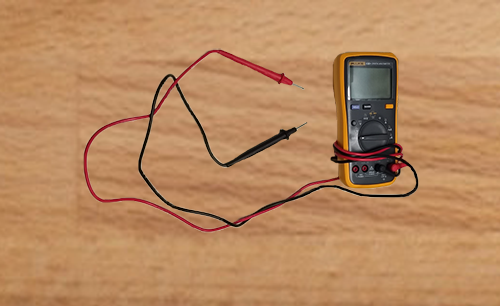
Testing
We run your build through extensive stress testing and monitoring to ensure that it is rock-solid stable.
Build Considerations
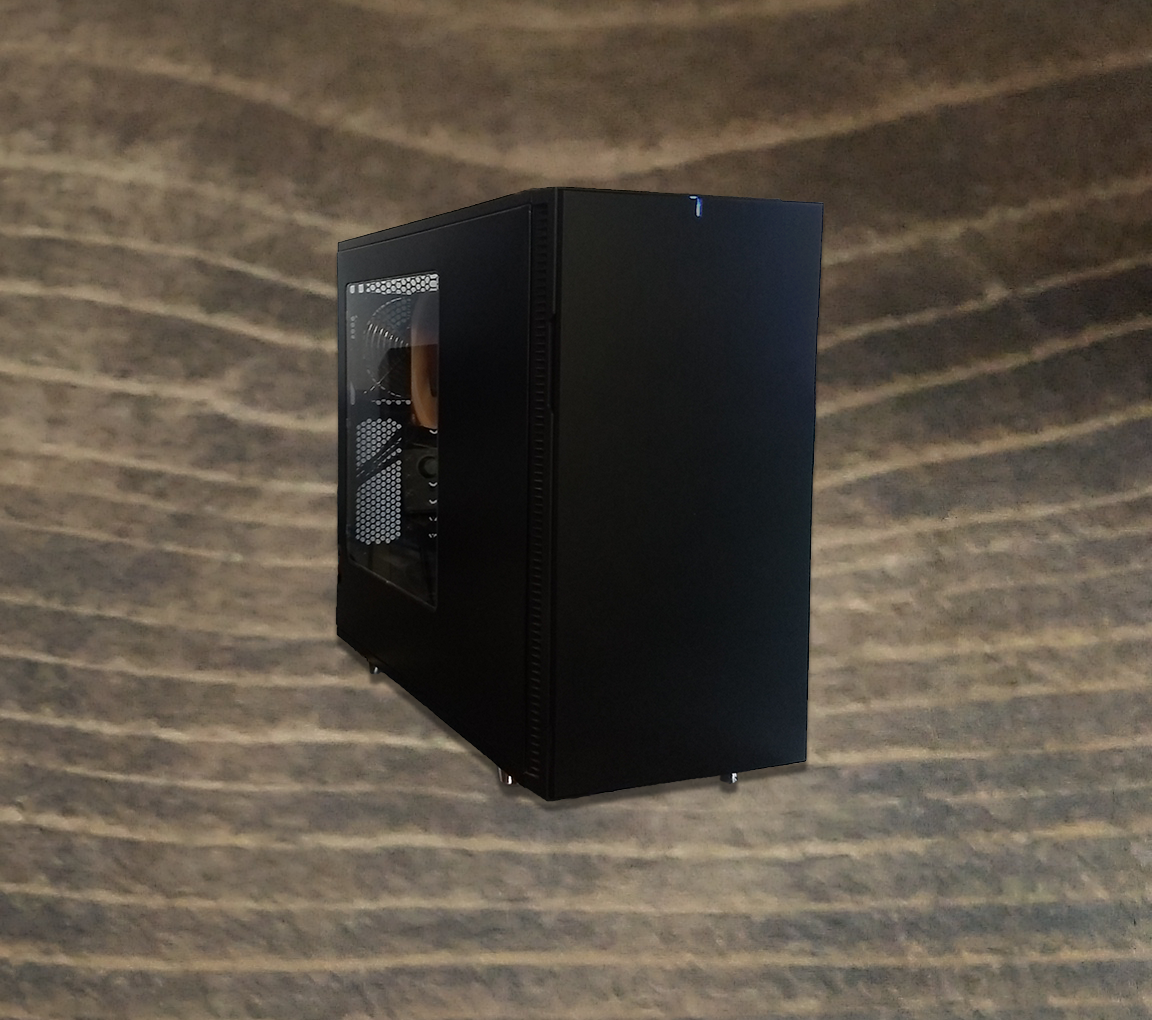
Case
The foundation of your build, we consider the following during the selection process and when building in the case.
- Internal Space Requirements
- Hardware like the power supply and the video card need a minimum amount of space to fit into a case.
- External Space Requirements
- We assume that you have a good idea of the space you have for your computer. We offer a variety of sizes for cases from mini-ITX form factors up to ATX and EATX.
- Cooling
- The case determines the type of cooling and the number and size of fans that can be mounted to keep your system cool. The cooling needed for your application is taken into consideration when choosing a case for your build.
- Drive Bays
- We take into consideration the number of 3.5" and 5.25" drives you will need to keep in your system and want to give you room to expand whenever possible.
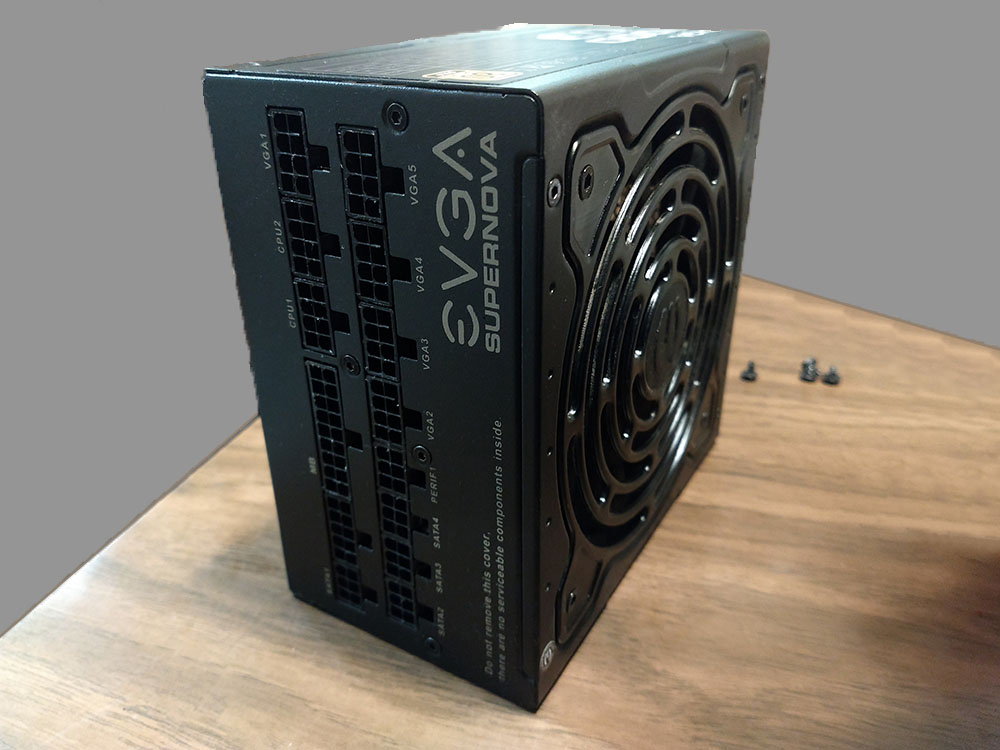
Power Supply
As the component that provides power to everything in your build, having a reliable and adequate power supply is essential for the rest of the components to function correctly.
- Quality
- We value the quality of the power supply and stick to the most reputable brands. It's easy to find claims of high total power output but there are generic manufacturers in the industry who will cut corners and deliver substandard components just to boost their total power for marketing purposes. We know that the quality of the capacitors and other components in a power supply are important and it is our goal to select the best quality, high-efficiency power supply while still delivering higher power output to give you the possibility of expanding your system in the future.
- Power Draw of Components
- The power draw from all of the hardware components in the system added together to give us a reasonable idea of the total power output necessary for a build. We usually add a minimum of 40% to give you headroom to upgrade your system in the future.
- Testing Under Load
- We test the power supply during stress tests to ensure that it's stable and voltages are within specifications while under a heavy processing load.
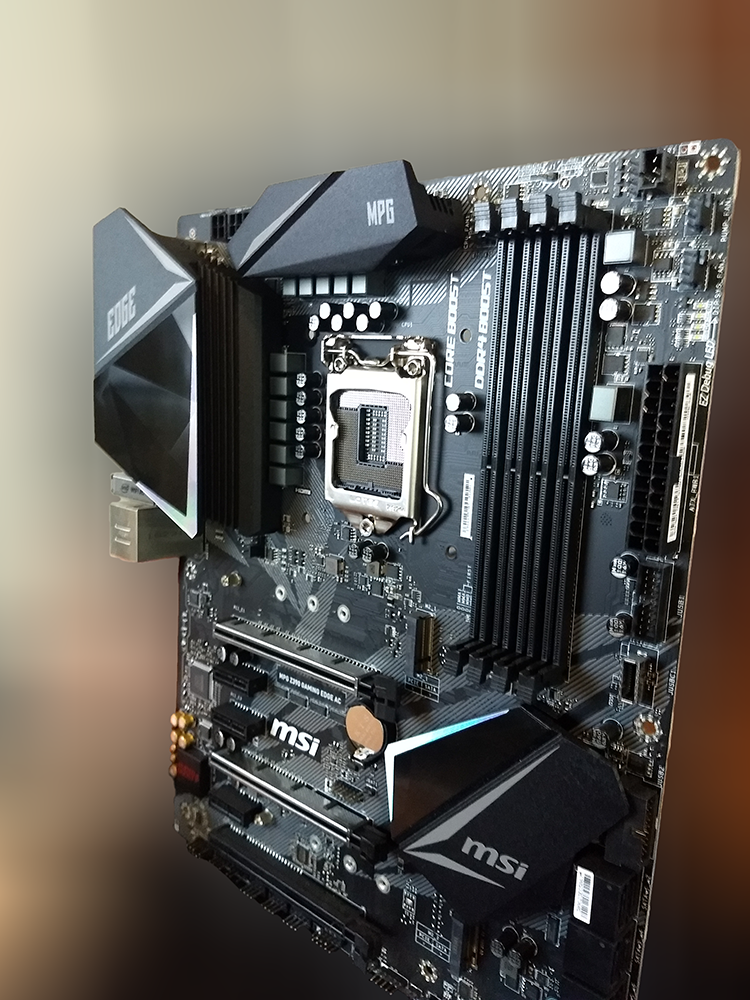
Motherboard
The motherboard acts as a connection point for the other components in a build. It determines what components can be installed and has busses that act as communication channels. We recognize that it is very important to get this part of the build right as it will strongly affect performance and future upgrades that you may need.
- ATX Standard
- Choosing the right board starts with checking that the motherboard is compatible with the case form factor. This may be determined by the type of case but we generally recommend going with a standard ATX board whenever possible.
- I/O Connections
- The motherboard has a large number of Input/Output connections on the rear panel. We make sure that you have enough USB connectors for your devices and that any additional connectors that you require are on the board.
- Expandability
- This can be restricted by the motherboard standard. We look for motherboards that give a little more to the consumer than they have to. An example is including additional x1 PCI-X slots, or having additional internal SATA ports.
- Other Requirements
- We check that the ports on the board are in locations where they aren't made inaccessible by inserting other components. We also check to be sure that there is sufficient space around the CPU socket to install a variety of different heatsinks.
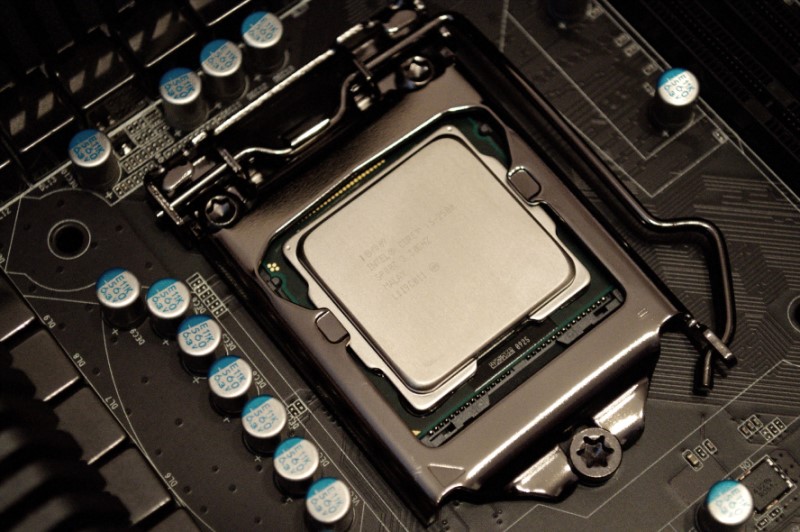
CPU
The CPU is the brain of the system and communicates with all other components.
- AMD vs Intel
- This has long been the starting point when choosing what type of build you want. The current generation of AMD CPUs shows the best overall performance in varying applications while Intel still performs very well in games. Ultimately we would recommend current generation AMD CPUs in most builds but it can vary depending on your uses for the system.
- CPU Coolers
- In most stock CPU coolers, the heatsink that is packaged with the processor is the minimum size necessary to provide adequate cooling. We strongly recommend using an aftermarket cooler with a larger heatsink and heat pipes to reduce idle temperatures and give more safety margin for load temperatures. The main thing that you want to avoid is thermal throttling, where the CPU slows itself down to avoid overheating and damage. If you are looking to overclock the CPU, an aftermarket heatsink is required to get a decent result. We usually recommend a vertical or raised horizontal heatsink that fits a 120mm fan.
- Thermal Paste
- This is often talked about in computer building circles. Thermal paste is used to fill in any gaps between the heatsink and the CPU and it allows for efficient heat transfer between the two. Real-world testing shows that the amount of thermal paste doesn't matter much as long as the entire top of the CPU is covered. However, we are careful not to overdo it. We use the minimum amount necessary to achieve full coverage. Arctic MX-4 is the preferred brand of thermal paste we use at Kirk PCs. We run stress testing on the CPU for a minimum of two hours after the application of thermal paste to verify that it's running in the appropriate temperature range.
- Gaming or Other Applications
- What your computer is mostly used for is important to look at when choosing the CPU. If you only do gaming, it can make sense to go with a lower number of cores than if you are doing a lot of video editing or encoding tasks. We will discuss how you plan to use your system and your budget constraints ahead of time before deciding which CPU is the right fit.
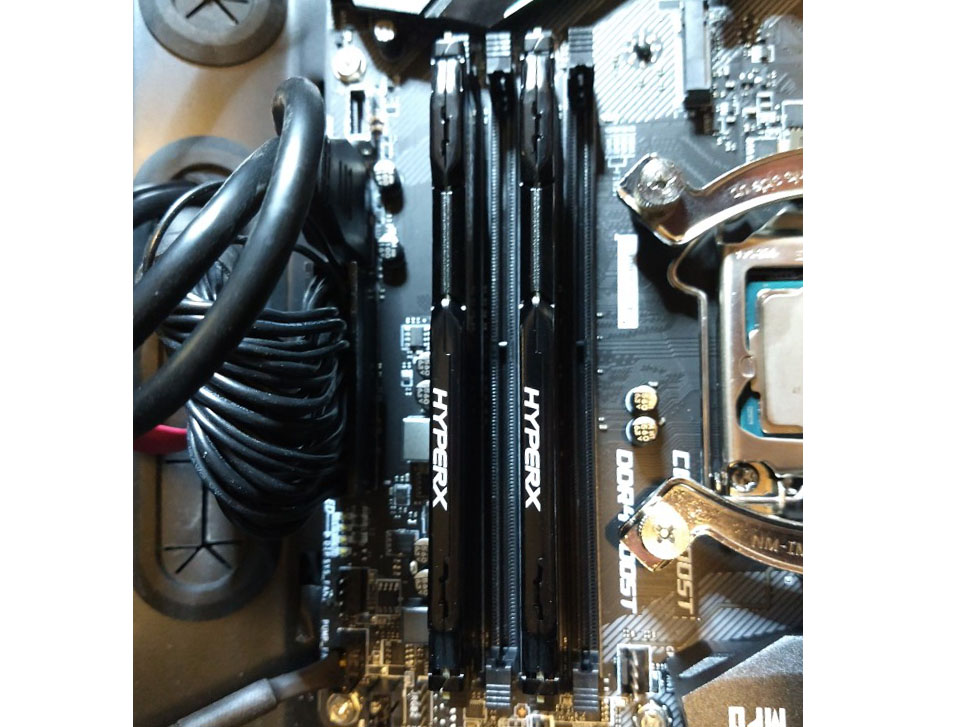
RAM
The amount of RAM determines how many applications or processes can run on your system at once.
- Brands
- We tend to stick with a few brands of RAM that have been the most reliable for us in the past. You won't get any surprises here, just quality RAM at a decent price.
- Capacity
- In systems running a modern operating system, 8GB would be the bare minimum we would be comfortable sending a newly built system out the door with. Browsers use more resources than ever and having a few tabs open can eat up RAM faster than you would think. For modern gaming, we recommend not going lower than 12GB.
- Bandwidth
- At Kirk PCs, we will always configure the RAM in dual channel mode to get the maximum performance out of it. This means using 2 or 4 matching RAM modules in most cases.
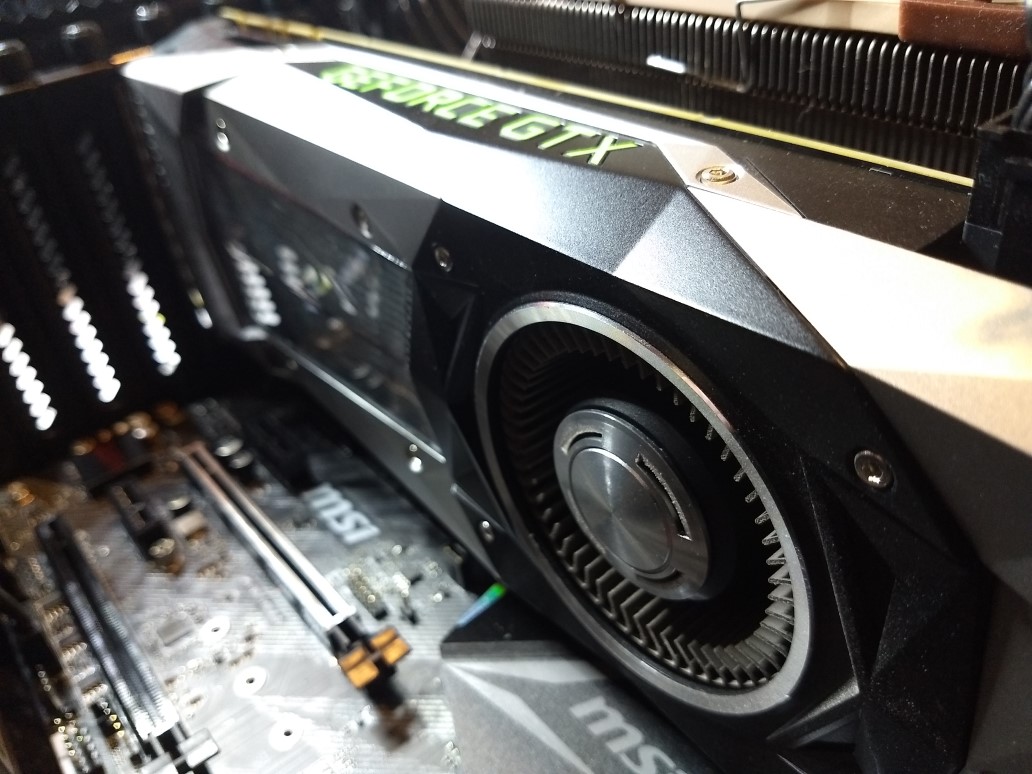
Video Card
The video card is the driver for the graphics experience. Uses can range from gaming to 3D modeling workstation applications, to photo and video editing.
- Graphics Workstations
- The type of card used in a graphics workstation is different than what is used in gaming. Be sure to let us know upfront if you plan to mainly use your system for workstation applications like AutoCAD, Blender, or other modeling software.
- 1080p Gaming
- 1080p is the resolution that is still in most common use today for games. A lot of mid-range video cards can achieve decent framerates of around 60 FPS in modern games at 1080p. This is the budget-friendly option if you play a mixture of older games and a few modern games.
- 4K resolution
- Most modern video cards will handle 4k resolution for editing applications. We don't recommend it as a first choice for gaming in most builds but if you have a relatively high budget you can get a card that can handle 4k gaming on higher settings while still delivering 60 FPS consistently.
- High FPS Gaming
- High framerates are important for gaming with a 120Hz or higher monitor. For modern games, it can take a high-end card to get these framerates reliably. If you are into competitive gaming, this is likely the type of build you would be most interested in.
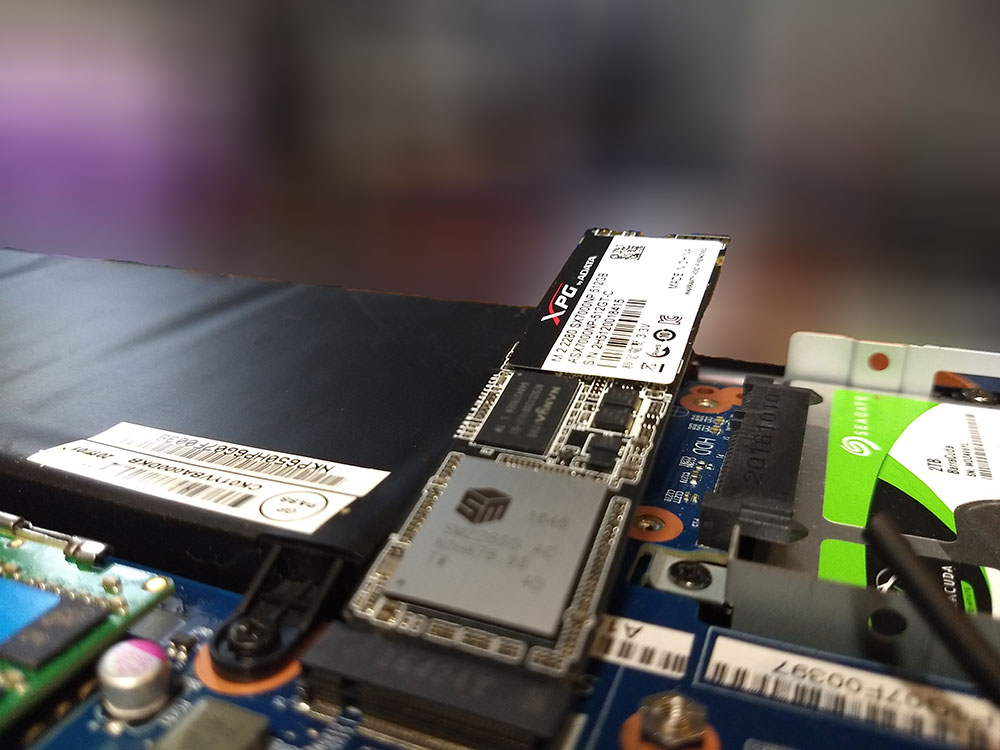
Storage
For primary storage, we choose a solid-state SATA or NVMe drive for the primary boot drive. If you require additional or backup storage, we will include additional 3.5″ HDDs.
- Solid-state drives
- Hard drives are still the standard for backup and high-capacity storage at the consumer level. Not many people are going to be able to afford to put an 8TB SSD into their system for $1000. HDDs are highly affordable and allow you to store all of your data and memories on a single drive.
- Hard drives
- Hard drives are still the standard for backup and high-capacity storage at the consumer level. Not many people are going to be able to afford to put an 8TB SSD into their system for $1000. HDDs are highly affordable and allow you to store all of your data and memories on a single drive.
- Backup
- It's essential to consider the importance of the data when thinking about backup solutions. We can provide additional disks in our builds to be used for backup.
- RAID Setup
- We configure RAID0 (striping), RAID1 (mirroring), and RAID5 (striping + mirroring) software-based setups in standard builds. If you require a specialized solution, discuss this with us. It's recommended to not use RAID0 to store important or critical data, but they can serve as fast boot drives for the OS.
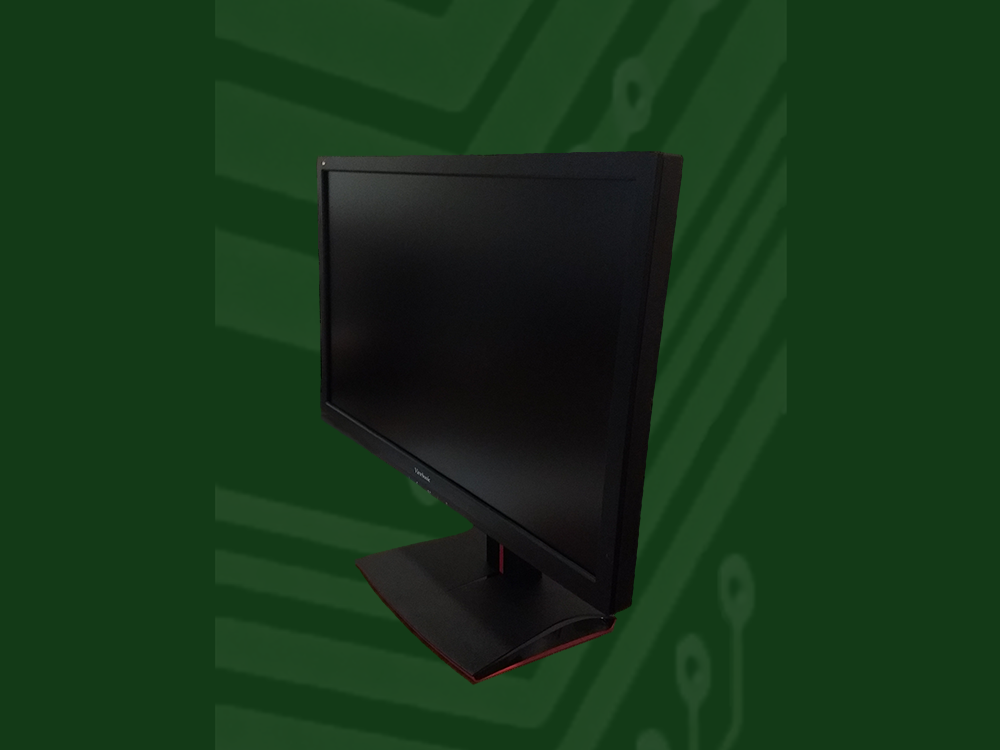
Monitor
If you need a computer for basic usage and Internet browsing, you can make it with a basic monitor. Users who need something high end are usually into photo editing or video editing, modeling, or gaming.
- Size
- This is almost entirely up to the user, larger size monitors may allow you to stack windows next to each other while still maintaining good text readability. If you are into watching movies on your monitor you will likely want a larger screen size.
- Resolution
- A higher resolution increases the detail that is visible in an image. A 4k monitor is recommended for design but will require a high-end video card when used for gaming.
- Panel Types
- We will choose one of the following panel types depending on your needs for the system: TN panels are a good choice for gaming due to low response times and high refresh rates. They tend to have lower color accuracy and are not the best choice for a designer, photo editor, or video editor. IPS panels are a great choice for someone who requires color accuracy when using their system. They are an excellent choice for photo or video editing applications. Some higher-end IPS panels can have a low enough refresh rate to make them suitable for gaming. VA panels are a good middle ground for some users. They can have long response times which can lead to the appearance of blurring.
- Aspect Ratio
- The standard aspect ratio is 16:9 and this is the same ratio as most modern TVs. Ultra-wide monitors may be useful for stacking windows next to each other and rapidly switching between them.
- Multi-monitor Setup and Mounting
- We can include up to 4 monitors with a stand and mounting as part of your build. The monitors we buy include standard VESA mounting screw holes.
Testing Process
 Temperature
Temperature
When testing your build, we stress the CPU, RAM and Video Card simultaneously so that we can get a reasonable idea of the maximum operating temperature your computer will experience under a heavy processing load. During the test, we monitor the temperature sensor data from the CPU core, motherboard sensor(s), and the GPU core on the video card. When temperatures run too high, components like the CPU or GPU will usually slow down their clock speed to limit heat damage. You may have heard this referred to as thermal throttling. Our goal after testing is to give you a system with at least 20% overhead before throttling can occur. If a CPU throttles at 90C we will want to get it maxing out at 72C or lower before sending it home with you.
 Voltage Stability
Voltage Stability
During the testing process, we monitor the power supply voltage with a multimeter to ensure that it remains in a good range and doesn't vary outside of the specifications for the supply. It's important to be sure that the power supply maintains stable voltage while components in the system are being stressed.
Performance Focused
$75 service charge
Stress Testing
We will simulates the maximum CPU and graphics load that your computer will experience for a minimum of several hours. Running under these conditions allow us to watch temperatures throughout the process, and test the power supply for any irregularites.
Overclocking
We will include overclocking service as part of this service as long as you have selected an aftermarket heatsink as part of your build. You will receive an email from us detailing all the changes that were made and important notes on the process.
Asethetics Focused
$75 service charge
Lighting
We will discuss with you and find out what colors you prefer to use for LED lighting and decide on the type of case based on your preference and what it will look like on your desk.
Cable Management
Extra time is taken to ensure that cables are routed in an efficient way. Cables will be run out of view if the case has a clear side panel.
Complete
$120 service charge
-20%
The Best of Both Worlds
Everything described above is included in this build: extensive stress testing to verify stability, optional overclocking, plus lighting and cable management. This is our ultimate build that focuses on both performance and looks.
 Stress Testing
Stress Testing
 Overclocking
Overclocking
 Lighting
Lighting
 Cable Management
Cable Management
Note on Cable Management
At Kirk PCs, we do the amount of cable management required to prevent cables being tangled in fans or other cables. Because of our focus on function and performance, we value testing for performance and the correct functioning of components above pure aesthetics. Testing has been done on the effects of additional cable management and it has not proven to have a significant effect on airflow in a standard build. Additional cable management and case lighting are available as optional extras but are not included in the base price of a build.
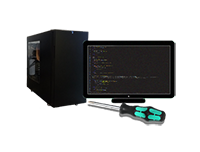
 Get a quote online
Get a quote online


